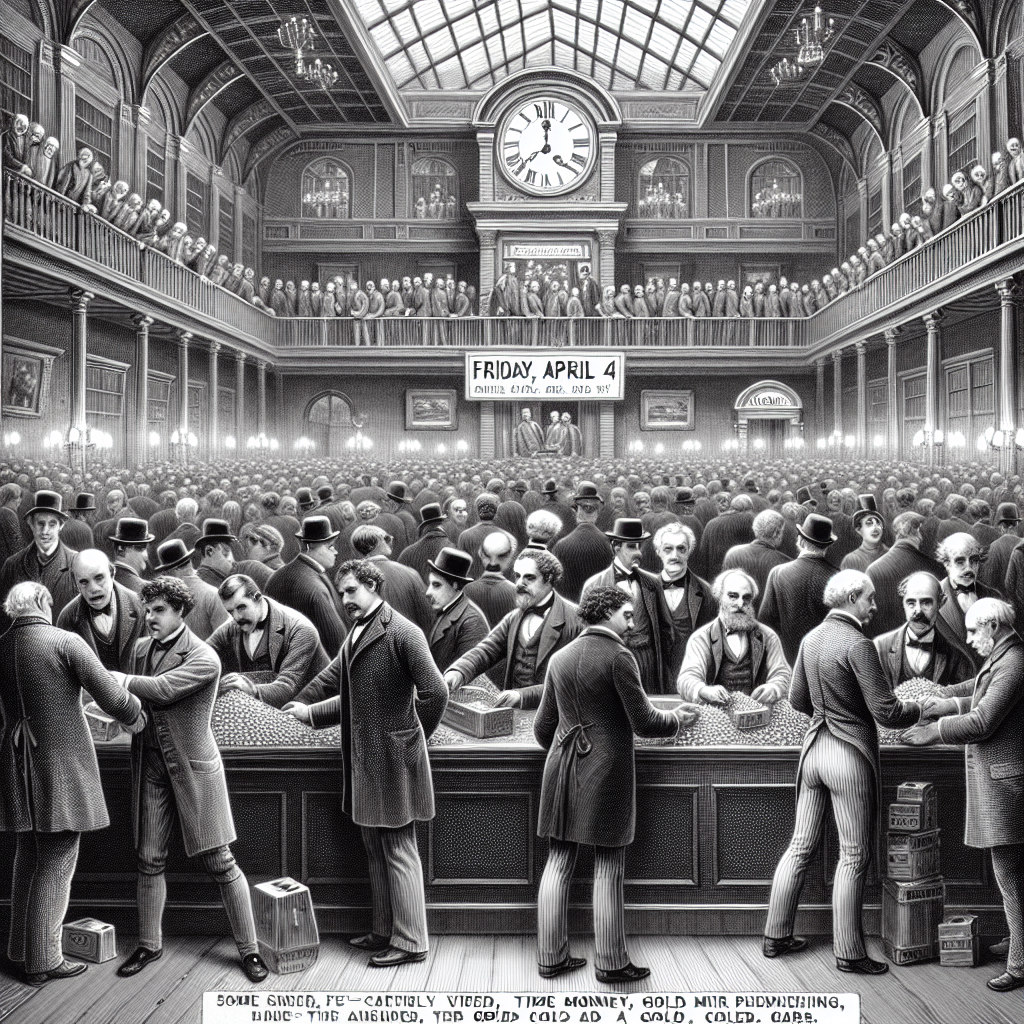Due to geopolitical tensions and the disruptions caused by Trump’s tariffs, many investors are flocking to the gold market. This precious metal continues to attract first-time buyers seeking stable investments, while long-time followers of gold are also increasing their holdings.
On Friday, April 4th, with the key inflation indicators rising, near-month gold futures closed at a record level of $3,086.50 per troy ounce. Gold ETFs have risen by 17% so far this year, while the S&P 500 index fell by 5.1%.
Morningstar reports that since early February, investors have poured a net of $11.4 billion into physical gold ETFs, setting a monthly net inflow record highest since July 2020 at the peak of the pandemic.
The Wall Street Journal reported that traditionally, gold enthusiasts were seen as older in age with conservative political views, and many held gold as a hedge against inflation, war, or disasters. Some financial advisors do not encourage investing in gold due to its lack of dividend payments or substantial returns over the long term.
Now, gold sellers note that they are seeing more interest from investors.
David Zanca, Senior Portfolio Manager at Blanchard & Co., a rare coin and precious metals company in New Orleans, says that holding physical gold is gradually becoming mainstream. Zanca observed gold’s popularity in other periods: during the dot-com bubble, the 2008 financial crisis, and the COVID-19 pandemic. Since 2023, Costco started offering gold bars, with bars in stores and online selling out within hours.
Michael Ashley Schulman, Chief Investment Officer of Running Point Capital Advisors, stated that investors have been flocking into the gold market upon seeing the rise in gold prices. According to Morningstar, when gold hit a historical high on March 20th, physical gold ETFs garnered over $2 billion in net profits.
There are two main ways to invest in gold: buying physical gold bars or coins, or investing in gold-related options such as funds, futures, and stocks. Currently, investors are pouring funds into the gold market.
Mark Dunbar is a long-time gold enthusiast. The 62-year-old Vermont resident has held physical gold since 2015, with his current holdings valued at around $20,000. Last year, noticing poor stock market performance and rising gold prices, he invested 20% of his funds into a gold ETF for the first time, which outperformed his other investments.
Rebecca Palmer, Financial Chief Officer of Fruitful, a financial services company, mentioned that it is common for investors to flock to the gold market in times of market turmoil. She noted that many of her clients, aged between 25 and 45, are experiencing market downturns for the first time and seeking advice.
“Whenever there is market uncertainty, suddenly a new product emerges to sell to people,” she said, “whether it’s gold, cryptocurrencies, or niche ETFs.”
Palmer advises her clients not to add gold to their portfolios as it doesn’t generate income and is highly volatile. For short-term savings, she suggests using high-yield savings accounts. For those with long-term investment strategies, she recommends avoiding checking accounts daily during market volatility.
“Now, gold is more distracting than anything else,” she said.
However, some believe gold still has significant upside potential: analysts at Bank of America raised their target price to $3,500 last week.

